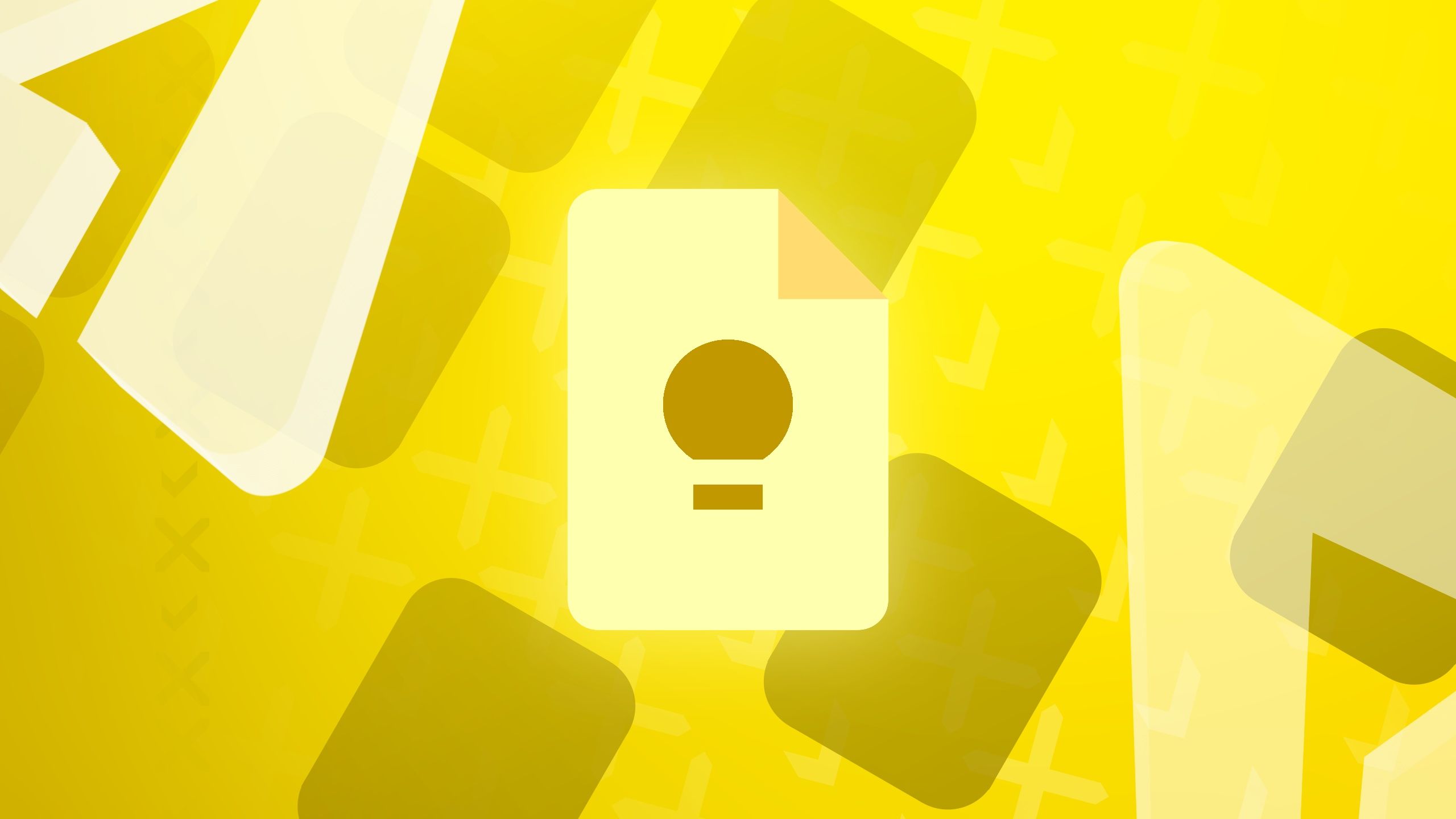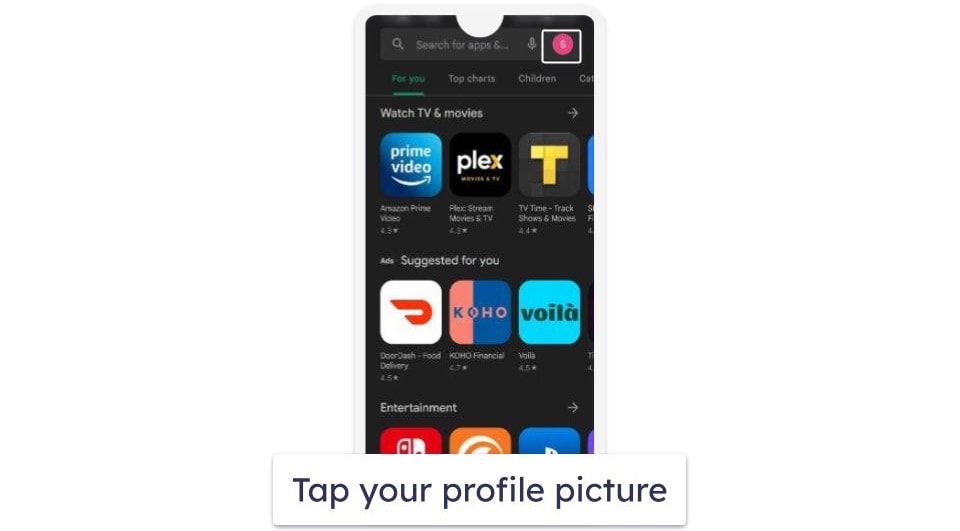We all have our go-to note-taking app, that one digital space where our thoughts, tasks, and brilliant (at least, that’s what I think) ideas find their home. For me, it’s Obsidian.
Even with its powerful features and deep organizational capabilities, there is another app that consistently finds a place in my daily workflow: Google Keep. In an era of sophisticated note-taking solutions, this simple tool from Google still holds its ground.
Here is why Google Keep continues to play a vital role in how I capture information and manage my tasks. It’s not a replacement, but rather a powerful complement.
Google Keep is ideal for taking quick notes
Unlike Obsidian
While Obsidian is my ultimate destination for deep knowledge work and interconnected ideas, it doesn’t compete with Google Keep when it comes to the speed and convenience of capturing thoughts on my Google Pixel 8.
First and foremost, it’s the widgets. I set up my Android home screen with several widgets, including the one from Google Keep.
I have the 4×1 Quick capture widget, which allows me to tap and instantly start typing and recording a quick voice note. This is invaluable when I’m on the move. On another home screen, I have a Note collection widget displaying my pinned notes.
This immediate access, without opening the app, is something Obsidian, with its file-system-based approach, can’t offer in the same fluid way. It requires opening an app, navigating a vault, and then creating a new note.
The other day, I was walking down the street when an idea for a new blog post title popped into my head. It was one of those “If I don’t write it down now, it’s gone forever” moments.
I didn’t have time to open Obsidian and head to a relevant vault. Instead, I tapped the Google Keep quick capture widget on my home screen, typed “The unexpected power of dual note-taking apps,” gave it a yellow background, and tapped done.
It took three seconds. Later that evening, when I was at my desk, I moved the note to my vault.
Keep Notes has superior collaboration
Everyone has a Google ID
It’s rare to find someone who doesn’t have a Google ID. Whether it’s for Gmail, YouTube, Google Maps, or an Android phone, most people have an active Google account. That means I don’t have to think twice before sharing a Google Keep note with someone.
Google Keep provides real-time updates, smooth collaboration, and quick access to shared notes. It’s better than sharing a note via an Obsidian vault. For example, my wife and I manage our household tasks and grocery lists almost exclusively through Google Keep.
When I remember we are almost out of milk, I open Google Keep, find our shared Grocery List notes (which has a green background), and add Milk. My wife, who might be in the kitchen, sees it pop up on her phone instantly.
This level of effortless, instant collaboration for simple, shared information is where Google Keep shines.
The mobile interface is a joy to work with
Obsidian and many others still have a long way to go
While I adore the depth and flexibility Obsidian offers on my desktop, its mobile app leaves much to be desired. Obsidian on the desktop is a true joy. With its customizability, graph view, and plugin ecosystem, it’s a powerful knowledge management tool.
The mobile app feels a bit clunky and focuses on navigating and editing Markdown files. The Google Keep mobile app feels like it was built for mobile-first interaction. It offers fluid animations, neat color and picture backgrounds, and a robust toolbar to create a rich note in no time.
The ability to pin notes is another small but mighty feature. I also use reminders for relevant notes.
Keep Notes works well with Gmail
I store my essential emails with a single click only
I use Gmail to manage my inbox. Keep Notes’ neat integration with Gmail is another quality-of-life improvement. When I browse my inbox, I can access my notes from the sidebar.
There is also an option to create a new note from the same menu. For instance, I write down my credit card amount due from an email to a Google Keep note and later set a reminder for timely payments.
My note-taking power couple
This “old reliable” continues to hold its own in my digital toolkit. Still, it’s far from perfect. However, with quick notes on Android, a beautiful interface, and flawless collaboration, it perfectly fills in the shortcomings of Obsidian.
If you have been struggling to find an ideal fit or feel overwhelmed by complex features, consider a simple, complementary tool like Keep to streamline your daily capture. If you are new to Keep Notes, check out these tips to get the best out of it.





… [Trackback]
[…] Read More on that Topic: geeksforgeeks.org/here-s-why-i-still-use-google-keep-along-with-my-favorite-note-taking-tool/ […]
… [Trackback]
[…] Find More Information here on that Topic: geeksforgeeks.org/here-s-why-i-still-use-google-keep-along-with-my-favorite-note-taking-tool/ […]